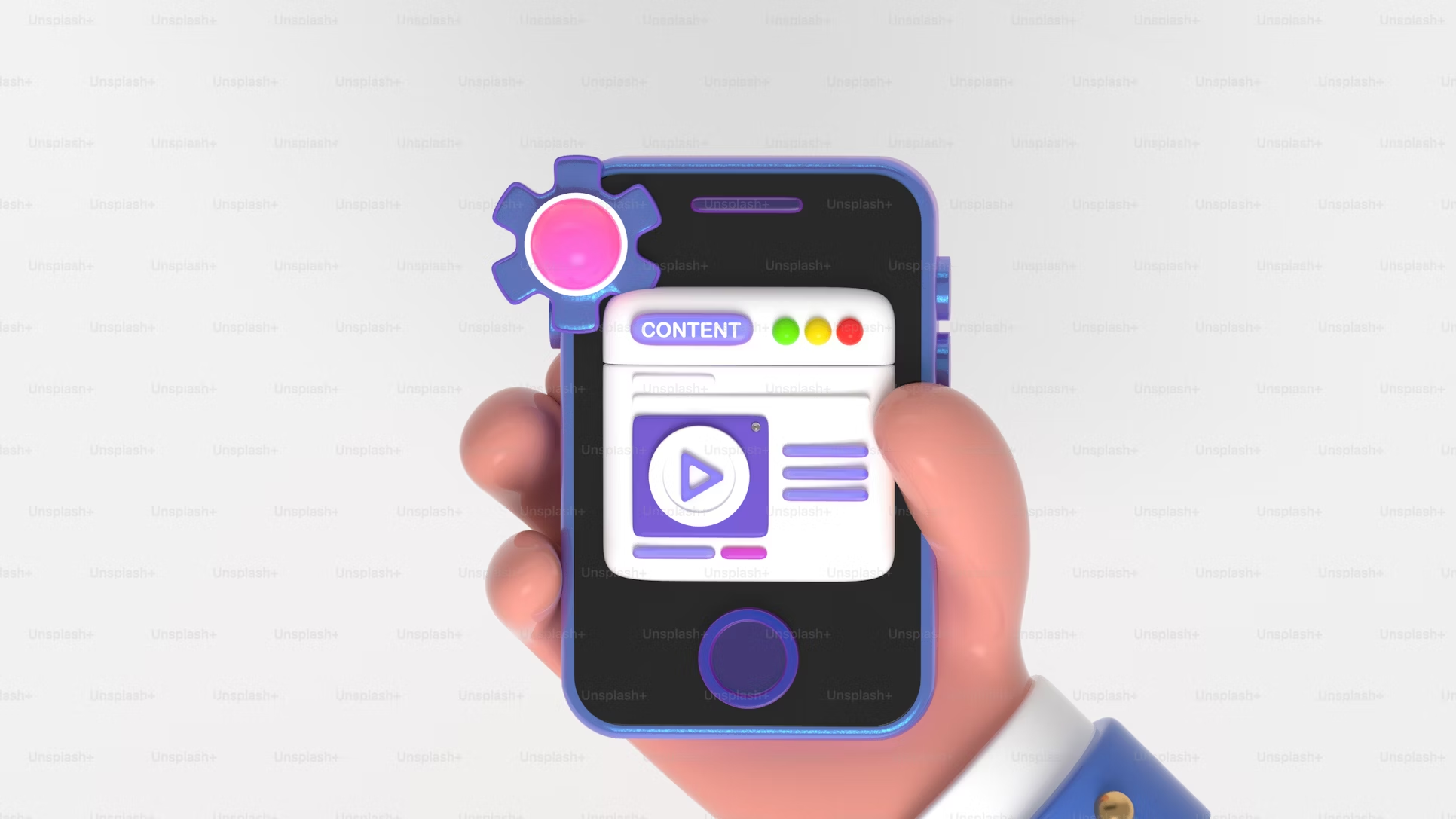Top 5 Marketing Strategies For The Healthcare Industry
Despite its enormous importance in patient acquisition and retention, marketing is an underrated part of the healthcare industry. Interestingly, no industry can be sustained without properly marketing its products and services to potential and existing customers.
Quick Links
Although there has never been a lack of patients in medical buildings, it is important to venture beyond the traditional view of what healthcare is all about.
Why? Patients do not only want to get treated nowadays – they also want (and ought to have) an enjoyable experience throughout their treatment journey.
It is, therefore, important to utilize marketing strategies that help people access healthcare services easily while also getting the treatment they deserve. Now, this is a win-win situation as the healthcare industry will also witness an increase in ROI and patient retention.
This article reviews what healthcare marketing means and six proven, time-refined marketing strategies for the healthcare industry.
What Is Healthcare Marketing?
Healthcare marketing refers to the use of certain important channels for strategically attracting healthcare consumers, guiding them through the healthcare journey, and helping each patient to maintain a constant relationship with the healthcare system.
The outcome of healthcare marketing is often measured using key performance indicators (KPI) and certain metrics, including the annual ROI. With these, hospitals, clinics, and other health systems can determine if the marketing strategy used is effective. To help formulate your strategy you can use a specialist Healthcare Market Research Company.
5 Best Marketing Strategies For Healthcare Industry
There is no one-size-fits-all strategy for marketing healthcare services. And that is why we have compiled a list of well-researched strategies with proven ROI turnouts.
- Build A Reputable Brand Image
“Branding” is the process of shaping people’s perceptions of your business. Often, a brand image depicts the trustworthiness and quality of a business. Patients are more likely to visit another hospital with a reputable business image than one without.
To build a brand image, creating a responsive website and asking for personal recommendations from other healthcare practitioners is a good start.
- Creating a Website
By creating a website, healthcare providers can build a good brand image for their hospitals and clinics. Taking healthcare online also means patients can access some services that were not available before. Moreover, having an online presence means bringing the healthcare services offered directly to about 5 billion active internet users.
Things to consider when building a website include responsiveness and a resourceful yet easy-to-navigate user interface. Sections like “contact” and “about services” should be displayed above all else so that potential customers can get the information they need and contact you as easily as possible.
- Reviews And Recommendations
According to a local review consumer survey conducted by Brightlocal, about 74% of people trust online reviews in the same way they trust personal recommendations. And surprisingly, 90% of healthcare customers search for reviews before personally visiting a business.
You can collect reviews from existing patients with successful and trackable treatment records. Personal recommendations can be gotten from other healthcare professionals in the same line of practice. By reaching out to reputable healthcare systems, both local and foreign, building a portfolio of quality recommendations becomes very easy.
- Investing In Content Marketing
Content marketing is one of the most effective marketing strategies. A 2019 survey showed that 96% of brand marketers see a profitable return from using content marketing. Popular websites like WebMD and Healthline utilize content marketing to drive huge sales every year.
Hospitals and other healthcare systems can invest in content marketing through blogging and email newsletters.
- Blogging
A blog section can be integrated with the website created in strategy one. Here, pieces of content that are relevant to healthcare consumers in the related niche are posted regularly. Blogging helps healthcare brands gain more authority and rank on search engines’ front page.
This results in an increased number of website visitors and patient leads generated.
- Email Marketing
Email marketing is a part of content marketing since it involves sending short and long-form copies, blog posts, and updated healthcare news. The purpose of this is to keep patients engaged with the healthcare system.
73% of marketers use email marketing to increase ROI.
- Utilizing Paid Advertisement
Creating a website and integrating blog sections is not enough to efficiently market your healthcare brand. Investing in paid ads, through Google, other search engines, and social media channels will lead to a turnout of about 200%.
It is necessary to contract the help of an ad expert to optimize the necessary indicators for better ROI.
- Social Media Marketing
About 3 billion people use Facebook, while LinkedIn has close to a billion active members. Social media platforms generally have a large pool of features for healthcare providers to leverage.
By creating an active community using groups and pages, healthcare brands have one more lead generation source. Since community members are easily kept abreast of hospital updates using social posts, social media marketing is thus one of the cheapest and most effective means of marketing.
- Automating Healthcare Services
The era of having to visit the nearest hospital to book an appointment or schedule a meeting is gradually fading. Healthcare providers should introduce the use of automation tools and AI programs that allow patients to easily carry out a series of tasks. For example, a skin care app can be used by dermatologists for quick skin analysis at home.
The customer support department can also be automated to improve patient experience and increase retention. Hospitals and healthcare systems with faster customer support spend lower patient acquisition costs.
Conclusion
The healthcare industry is bound to experience fiercer competition in the future. It is, therefore, important to build your healthcare brand with the best marketing strategies. Combining all of the strategies above will result in new higher highs and better patient retention.
Why WooCommerce is the Best Choice for Your Online Store?
WooCommerce stands out as a top option for anyone looking to build an online store. This platform…
0 Comments8 Minutes
How to Use AI-Powered SEO Tools for WordPress eCommerce
SEO is a critical factor in the success of any e-commerce WordPress store. As competition…
0 Comments11 Minutes
Why Short-Form Videos Are the Future of Content Marketing
Your Instagram customers spend over 50% of their time watching short-form videos and reels. Rather…
0 Comments12 Minutes
The Role of Digital Marketing in Business Growth
Online marketing touches every aspect of a business, whether it is initiating the idea or for an…
0 Comments3 Minutes
AI Meets Authenticity: Balancing Automation and Human Touch in Content Marketing
Is your brand starting to sound like a robot? In a world where algorithms write faster than any…
0 Comments8 Minutes
Essential Tools for Enhancing Web Design and UX Hosting
Have you ever visited a website that felt slow, clunky, or confusing? A website that is poorly…
0 Comments11 Minutes
How a Mini Cart Transformed My Store’s Shopping Experience
Okay, real talk—running an online store is hard. You think you’ve got everything figured out, you…
0 Comments9 Minutes
Balancing Your Security Initiatives With Industry Compliance Requirements
Managing a business today comes with a number of daily battles that need to be fought. Resources…
0 Comments11 Minutes








